Oral Wound Healing
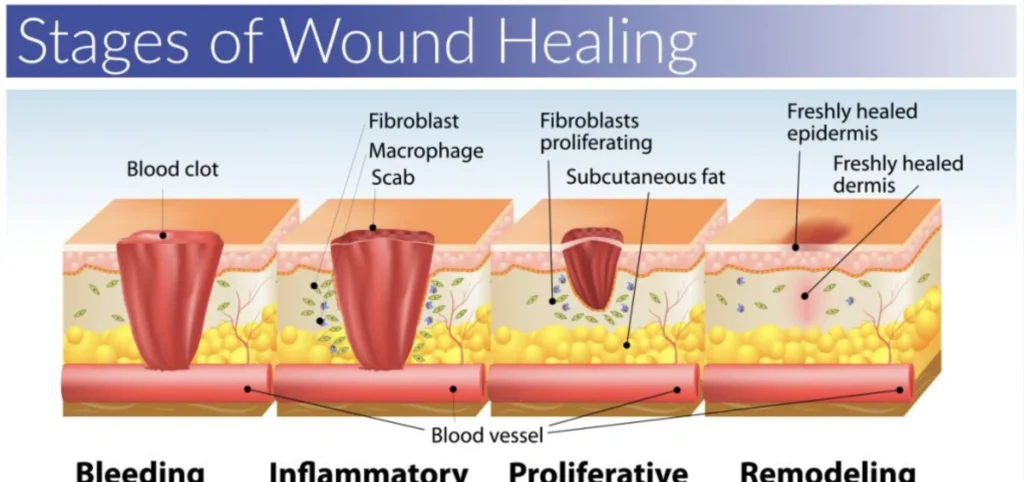
Oral wounds can occur from a variety of sources, including trauma, surgery, and disease. However, the oral cavity has a remarkable ability to heal quickly and effectively. This is due to a complex series of biological events that occur in response to injury. In this blog post, we will provide an overview of the oral wound healing process, including clotting and inflammation, re-epithelialization and granulation tissue formation, angiogenesis, healing of extraction sockets, flap design for periodontal wound healing, regeneration of periodontal tissues, osteointegration and soft tissue healing around dental implants, the pulp healing process, dermal wound healing and burn wounds, and healing of large dentofacial defects.
Clotting and Inflammation
The first stage of wound healing is clotting and inflammation. When an injury occurs, the body immediately responds by sending platelets to the site of injury. These platelets begin to form a clot that helps to stop bleeding and prevent infection. At the same time, the body begins to release inflammatory cytokines that attract immune cells to the site of injury. These immune cells help to clear away any bacteria or debris and begin to lay the groundwork for tissue repair.
Re-epithelialization and Granulation Tissue Formation
The next stage of wound healing is re-epithelialization and granulation tissue formation. Re-epithelialization is the process by which new skin cells migrate from the edges of the wound and begin to cover the wound. Granulation tissue formation refers to the formation of new blood vessels and connective tissue that fill in the wound. These processes are critical for restoring the structural integrity of the tissue.
Angiogenesis
Angiogenesis is the formation of new blood vessels that occurs during the healing process. This process is essential for delivering oxygen and nutrients to the healing tissue. Without proper angiogenesis, wounds may fail to heal or may heal more slowly.
Healing of Extraction Sockets
When a tooth is extracted, the socket must heal through the formation of new bone and connective tissue. This process is known as socket healing. Proper socket healing is essential for the success of dental implants or other tooth replacement options.
Flap Design for Periodontal Wound Healing
Periodontal flap surgery is a common treatment for gum disease. Flap surgery involves lifting the gum tissue away from the tooth in order to clean the root surface and remove any bacteria or debris. Proper flap design is critical for ensuring that the wound heals properly and that the gum tissue is restored to its original position.
Regeneration of Periodontal Tissues
The regeneration of periodontal tissues is another important aspect of wound healing. This process involves the formation of new bone, cementum, and periodontal ligament. Regeneration can occur naturally or may require the use of regenerative materials such as bone grafts or growth factors.
Osteointegration and Soft Tissue Healing Around Dental Implants
The success of dental implants depends on proper osteointegration and soft tissue healing. Osteointegration refers to the process by which the implant fuses with the surrounding bone. Soft tissue healing involves the formation of a stable and healthy gum tissue around the implant.
The Pulp Healing Process
When the pulp of a tooth is damaged or infected, it must be removed in order to save the tooth. The pulp healing process involves the formation of new tissue that replaces the damaged pulp.
Dermal Wound Healing and Burn Wounds
While this post focuses on oral wound healing, it is worth noting that the process of wound healing is similar throughout the body. Dermal wound healing and burn wounds follow similar stages to oral wound healing and can be treated using similar techniques.
Healing of Large Dentofacial Defects
Finally, the healing of large dentofacial defects is a complex process that often requires multiple stages of treatment. This can include bone grafting, soft tissue grafting, and orthognathic surgery.
In summary, the process of oral wound healing is a complex series of biological events that occur in response to injury. Proper wound healing is essential for restoring the structural integrity and function of the oral cavity. By understanding the various stages of wound healing, dental professionals can ensure that their patients receive the best possible care.


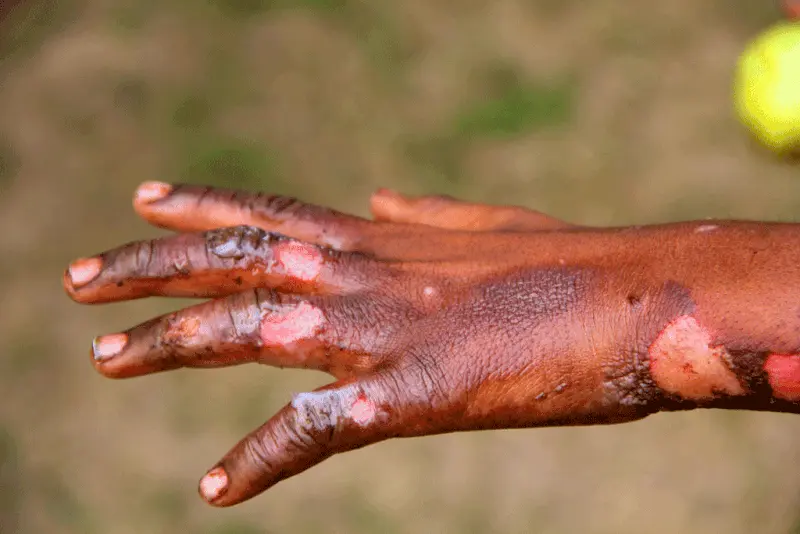
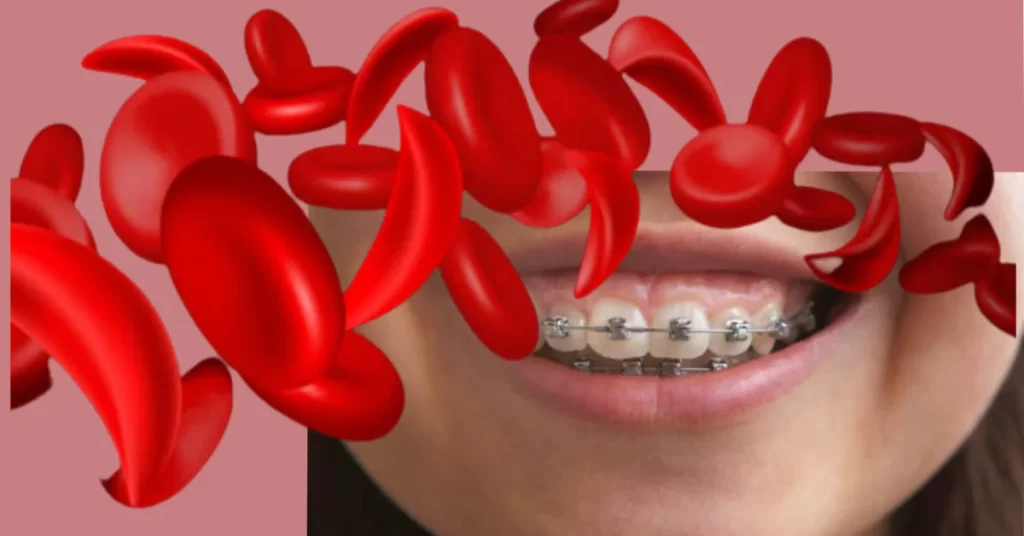
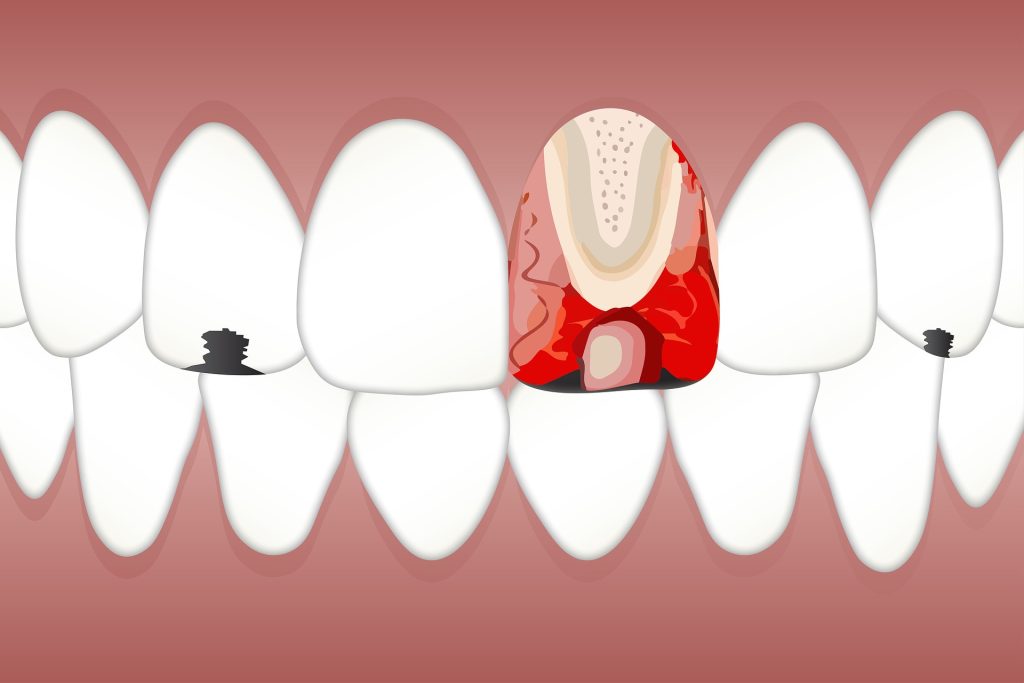
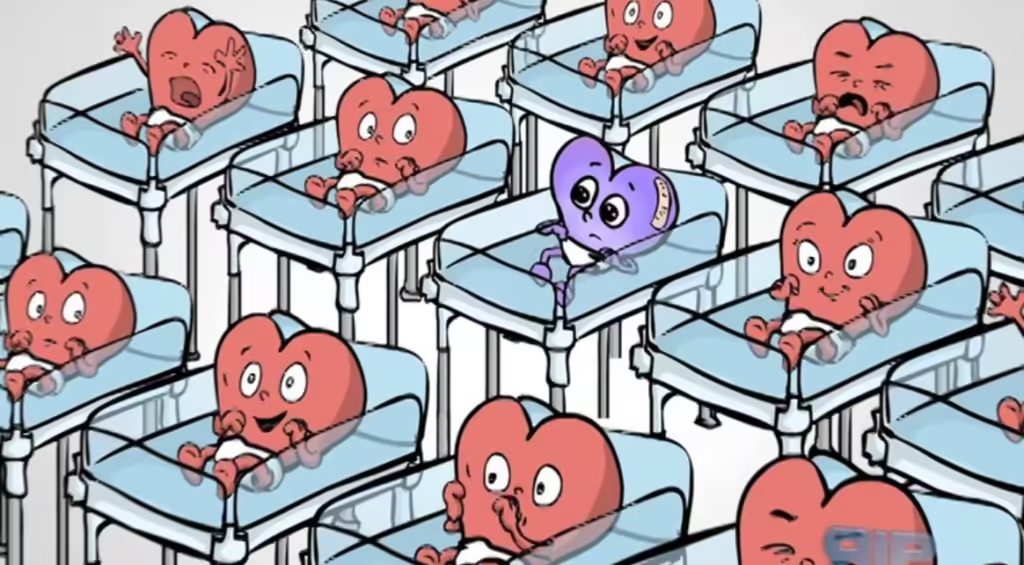
Responses